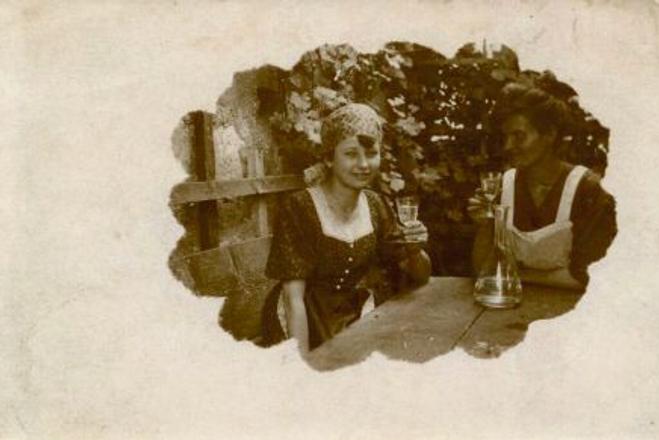Most varieties of wine grown in the Small Carpathians were brought from Germany. This is reflected in names like Riesling, Ruland (Pinot) and Lemberger (Frankovka in Slovak), i.e. wines that we still enjoy today. However, little is known about how vintners grew these varieties in the past, and it is entirely possible that we might not even like how the wines of centuries past tasted.
First of all, sweet wines were quite popular in the Middle Ages, which is not as much the case today. There is also a question of how our taste buds would respond to wines containing ingredients like ginger, amber or various spices. In the Small Carpathians, absinthe and sage wines were also consumed.
This diversity can be better understood from today’s point of view if we consider that for people of that time wine was not just a pleasant beverage to consume during leisure time. It was common for people to drink wine flavoured with ingredients that were believed to have medicinal properties.
But one should also bear in mind something else: in a time when water could often be contaminated, people drank wine instead, and wine made for everyday consumption was likely not high in quality.
The two ladies in this 1919 postcard were evidently not concerned with the wine’s quality, as they appear to be enjoying it in large gulps.
This story was first published by The Slovak Spectator on June 2, 2014. We have updated the piece to make it relevant for today.


